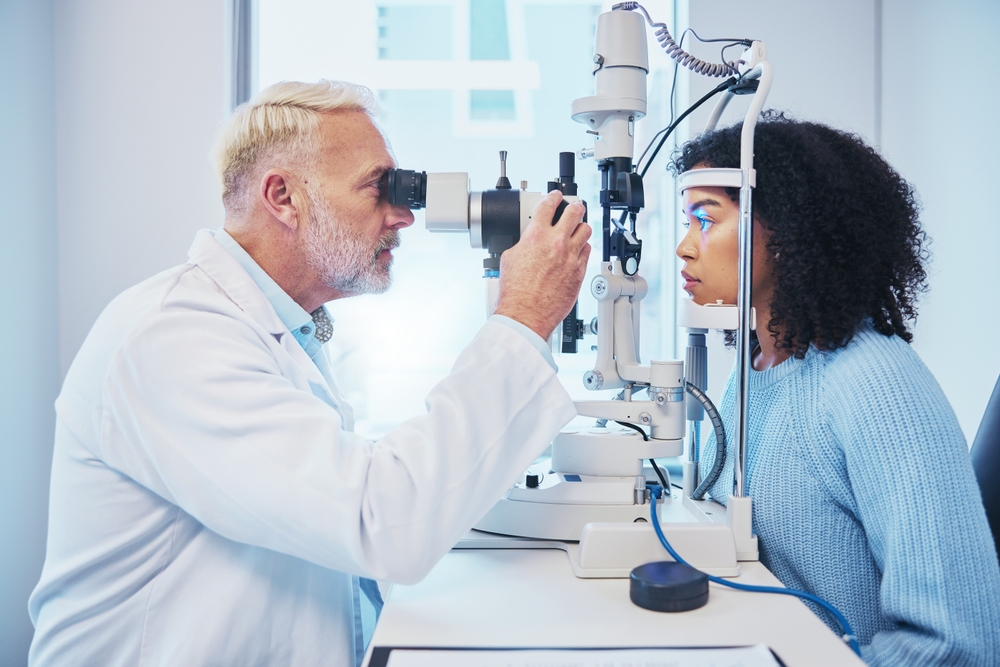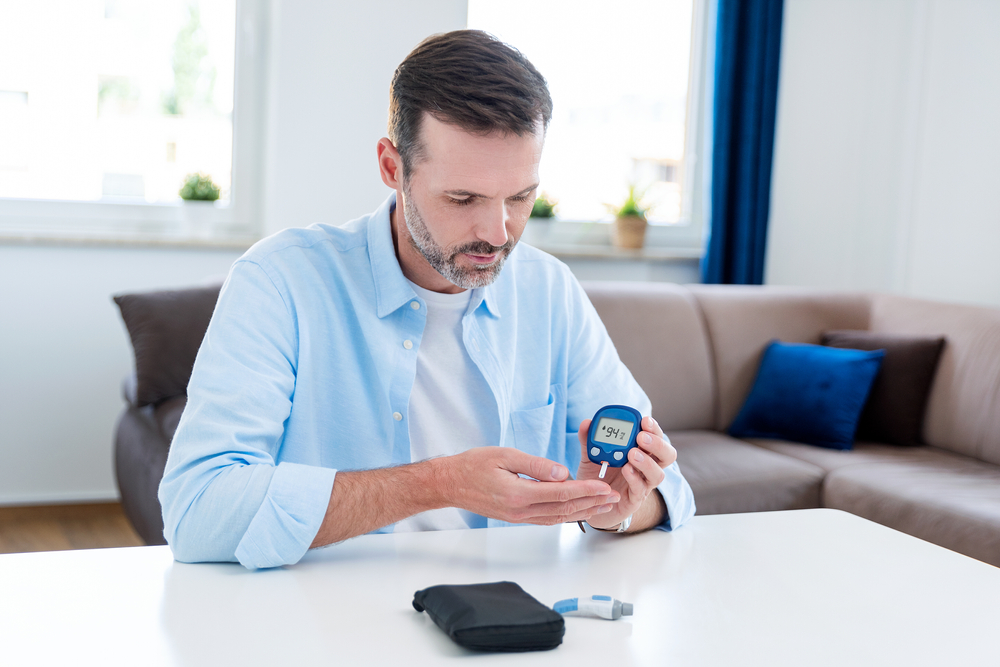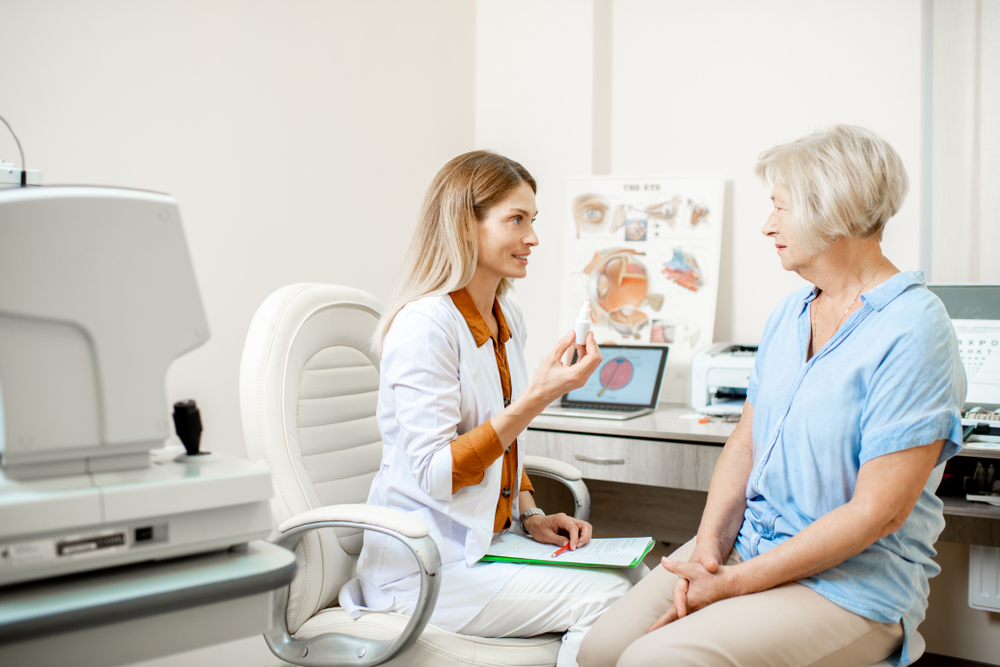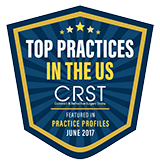Eye exams are vital for healthy eyes. Staying current on them is especially necessary as you get older and are at higher risk for many age-related eye conditions.
Seeing your eye doctor regularly can save your vision from these various conditions. You may not realize that an eye exam can also potentially save your life, as your ophthalmologist may be able to see signs of other illnesses by looking at your eyes.
Many conditions and diseases can affect your eyes and vision, beginning in other parts of your body. Looking at your eyes can tell your eye doctor a lot about how healthy you and your eyes are. Keep reading to find out 6 things an eye exam can tell you about your health!
1. If You Exhibit Any of the Early Signs of Eye Conditions

The number one reason to have your eyes examined is to detect any signs of eye conditions. Eye disease is prevalent in older adults.
Being over 40 puts you at risk for many age-related eye conditions. Regular eye exams can spot these conditions in their early stages, making treatment much more effective.
Many eye conditions, like glaucoma, don’t present symptoms early on. Once they do cause vision loss, it’s permanent and irreversible.
Early diagnosis and treatment are the only ways to slow the eye condition and prevent vision loss. Because there are no outward symptoms, the only way to receive an early diagnosis is by having an eye exam.
Just measuring your eye pressure can tell your eye doctor a great deal of information about how healthy your eyes are. An eye exam also helps them see if there are any early signs of damage to the retina, optic nerve, and other parts of the eye.
An eye exam can save your vision by spotting the early signs of certain eye conditions. But eye exams can also help spot the signs of other illnesses and previously undetected conditions as well.
2. If You Have High Cholesterol or Heart Disease
Your eye doctor can often see if you have high cholesterol levels by examining the interior of your eye. High cholesterol can cause blocked arteries throughout your body.
These blocked arteries can even occur in your eyes, making it possible for your ophthalmologist to see plaque buildup in the eye. Decreased blood flow to the eyes from the arteries can also cause visible damage to the retina.
High cholesterol is linked to heart disease, so seeing these indicators may mean you have or are at increased risk of developing heart disease. Your eye doctor can recommend you have blood work done or see a cardiologist to be appropriately diagnosed and treated.
3. If You Have Diabetes

There may not be any symptoms at first if you have diabetes. But when you have an eye exam, your eye doctor can sometimes see the effects of diabetes on your retina in the form of diabetic retinopathy.
High blood sugar levels can cause the blood vessels that supply the retina with oxygen to swell and grow abnormally. If your eye doctor sees these irregularities, they can recommend visiting your primary care physician for blood work to diagnose your diabetes and adequately manage it.
4. If You Could Have a Thyroid Disorder
Thyroid disorders can affect the eyes. This is often the case with hyperthyroidism or an overactive thyroid.
Hyperthyroidism can cause the eyes to bulge and the lids to retract. If your eye doctor notices your eyes bulging or your eyelids retracting, they may recommend seeing an endocrinologist to check your thyroid.
5. If You Show Signs of a Neurological Condition
Many neurological conditions can cause visual symptoms. Multiple sclerosis (MS), which makes your immune system attack healthy nerves, can often be seen when examining the optic nerve.
Inflammation of the optic nerve is frequently a symptom of MS. MS and other neurological conditions like Parkinson’s can affect your ability to perform visual tests, causing rapid eye movement and double vision.
Your eye doctor can direct you to see a neurologist if they think your visual responses are abnormal.
6. If You Show Signs of a Tumor or Possible Cancer
Many different signs of cancer and benign tumors can be seen in and around the eye. Melanoma, which is skin cancer, most commonly appears on the eyelid.
It can be challenging to see if you’re not looking closely at the eyes. Other tumors, like brain tumors, can show symptoms when doing an eye exam.
Your ophthalmologist can tell you if they see any of these signs and direct you to the proper specialist for a more thorough examination.
When to Get an Eye Exam

There’s no doubt that eye exams are a crucial component in keeping your eyes healthy. But how often do you need them?
The answer depends on a few things. First, you need eye exams annually to get an updated prescription if you wear glasses or contact lenses.
Second, how often you see your eye doctor depends on your age. If you’re 40, you should have eye exams at least once every two years.
Once you’re 55, you should see your eye doctor yearly regardless of your vision. If you’re at higher risk for eye conditions, you may need to see your eye doctor more frequently at a younger age.
Your eye doctor should know your complete medical and family history to recommend the best schedule for how often you need eye exams based on your risk for eye conditions. If you follow their recommendations and stay on top of keeping your eyes healthy, an eye exam could save your vision and possibly even your life!
Do you need to make your eyes a priority? Today, take the first step by scheduling your eye exam at Williamson Eye Center in Baton Rouge, LA!



